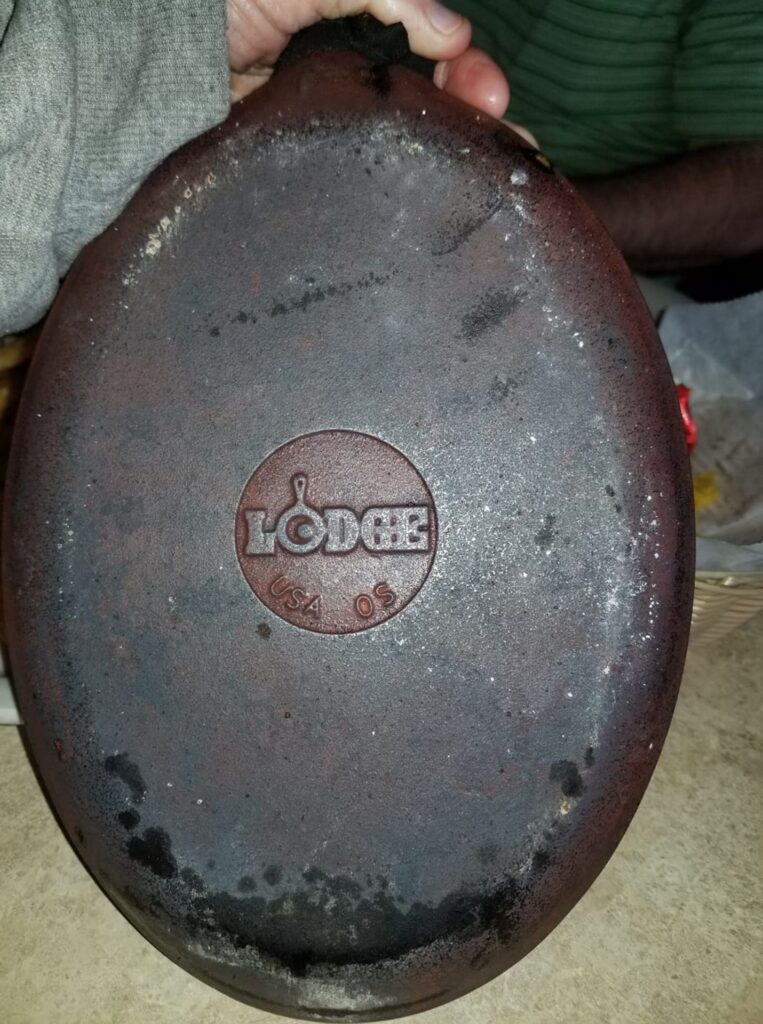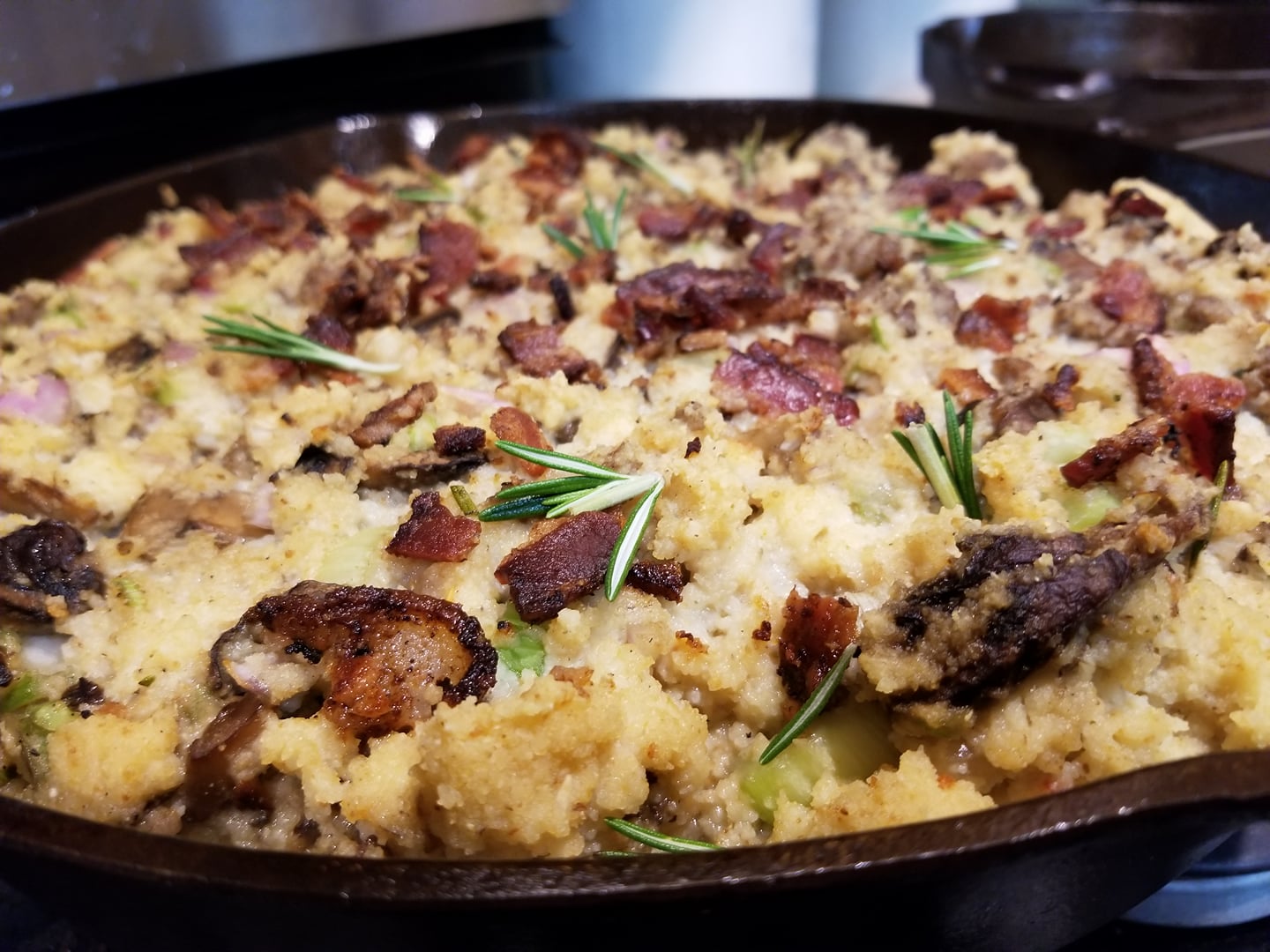
Once you start becoming more acquainted with cast iron, people want to start buying more pieces. Especially vintage and antique cast iron cookware. Before you start collecting, there are several things to look out for when you start looking for cast iron ware.
Cracks
Stay away from cracked cast iron! Cracks in cast iron can spread and becomes dangerous when heating oil over a burner. When investing in cast iron, you need to hold a cast iron to a well lit area and look along the rim for cracks. Cracks can also be found on the bottom of the pan. Carry a flashlight with you or use the flashlight on your cell phone to look for cracks.
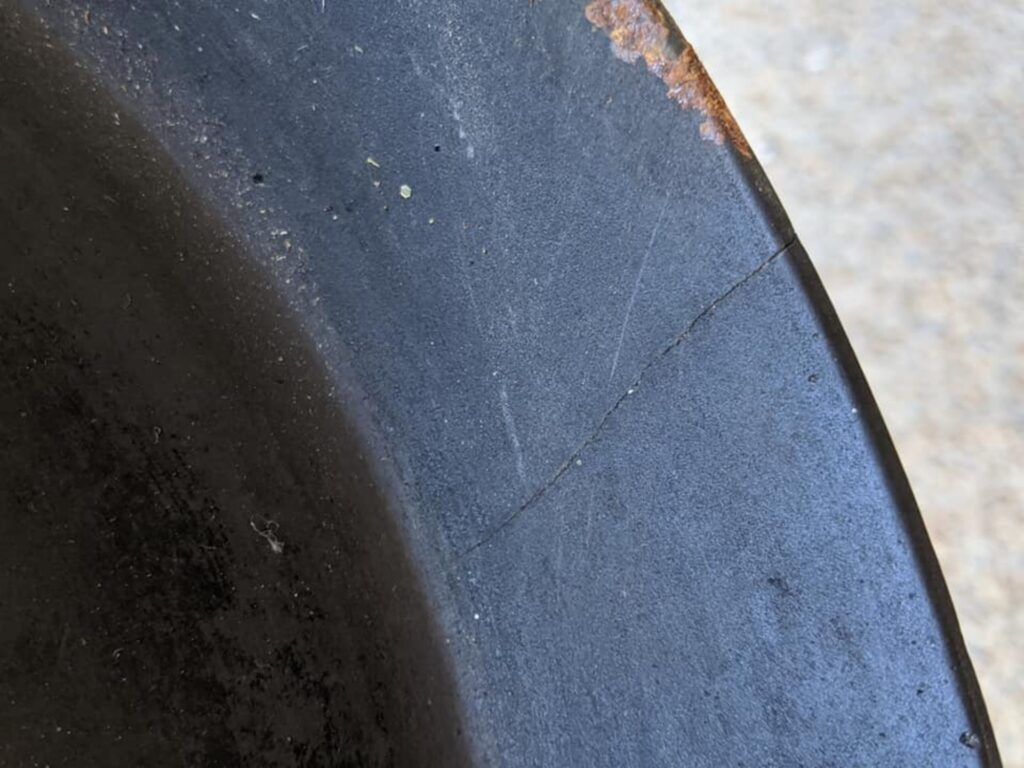
Spinners
In the cast iron community, we call cast iron that does not sit flat, spinners. Cast iron pieces will spin when the bottom has been popped out from the use of high heat. While looking for cast iron, I look for a flat surface to place my cast iron on. If my cast iron piece sits nice and flat with no wobble or spin, the cast iron is a keeper. Cast iron pieces that do not sit flat have a tendency to pool oil in the middle and easily burns the food that you're cooking. Cast iron spinners are deal breakers for me.
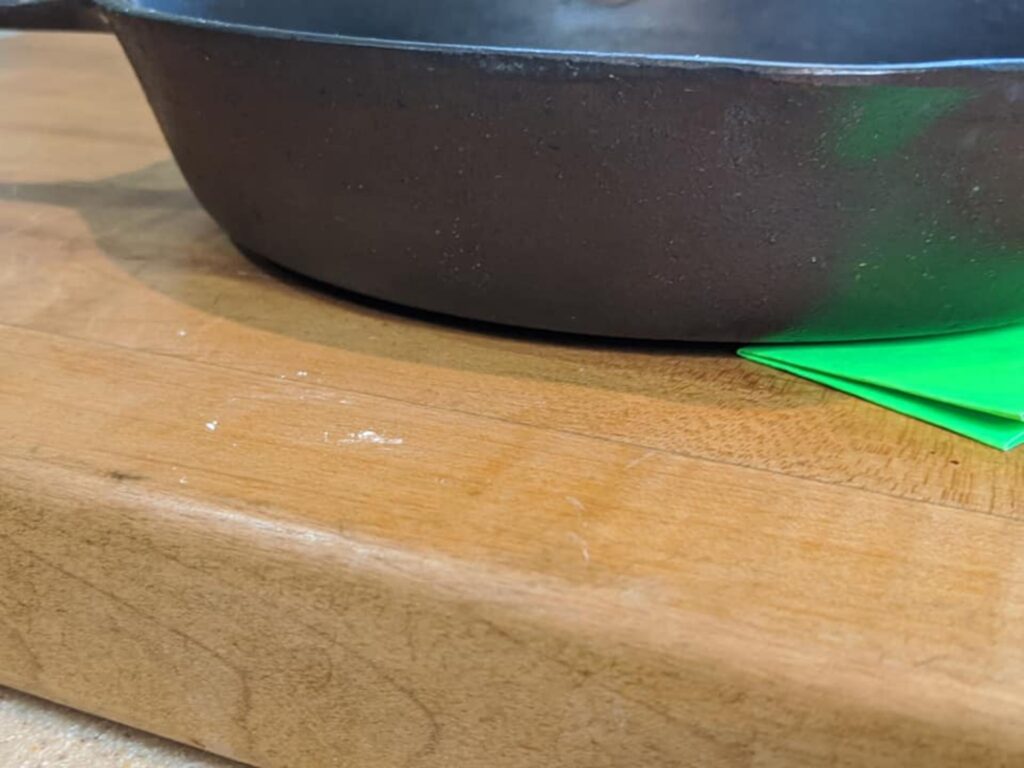
Weight
Some cast iron pieces can be heavier than others. Make sure when you handle cast iron, determine if your comfortable with the weight of the pan. If the pan is semi heavy, remember it will only get heavier when you're adding more product to the pan. Most antique cast iron is very light in weight.
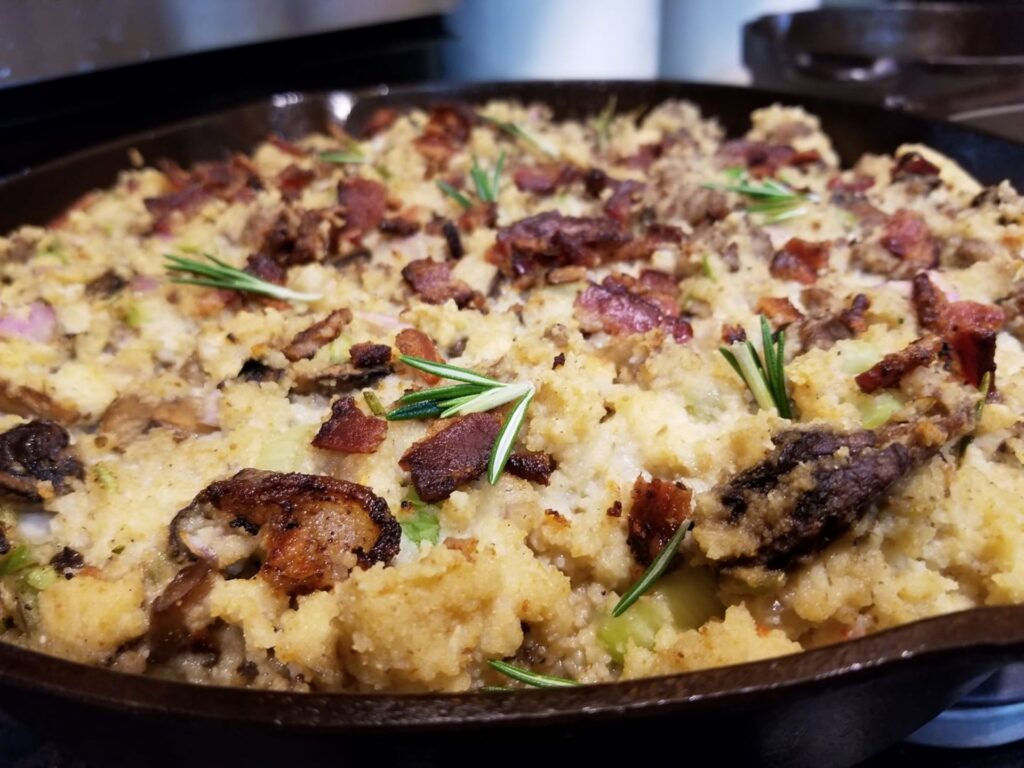
Burn Markings:
Burn markings on cast iron have a unique color on cast iron. The colors range from purple to light pink. Burn markings are indications that the cast iron was thrown in a fire pit to clean. Fire tossing is a technique many use to clean cast iron. However, fire tossing is no longer recommended because high heat can cause a pan to become out of circle, crack, and warp. There are other unique ways to clean cast iron than using high heat. You can use a lye tank or an electrolysis tank to clean cast iron.
